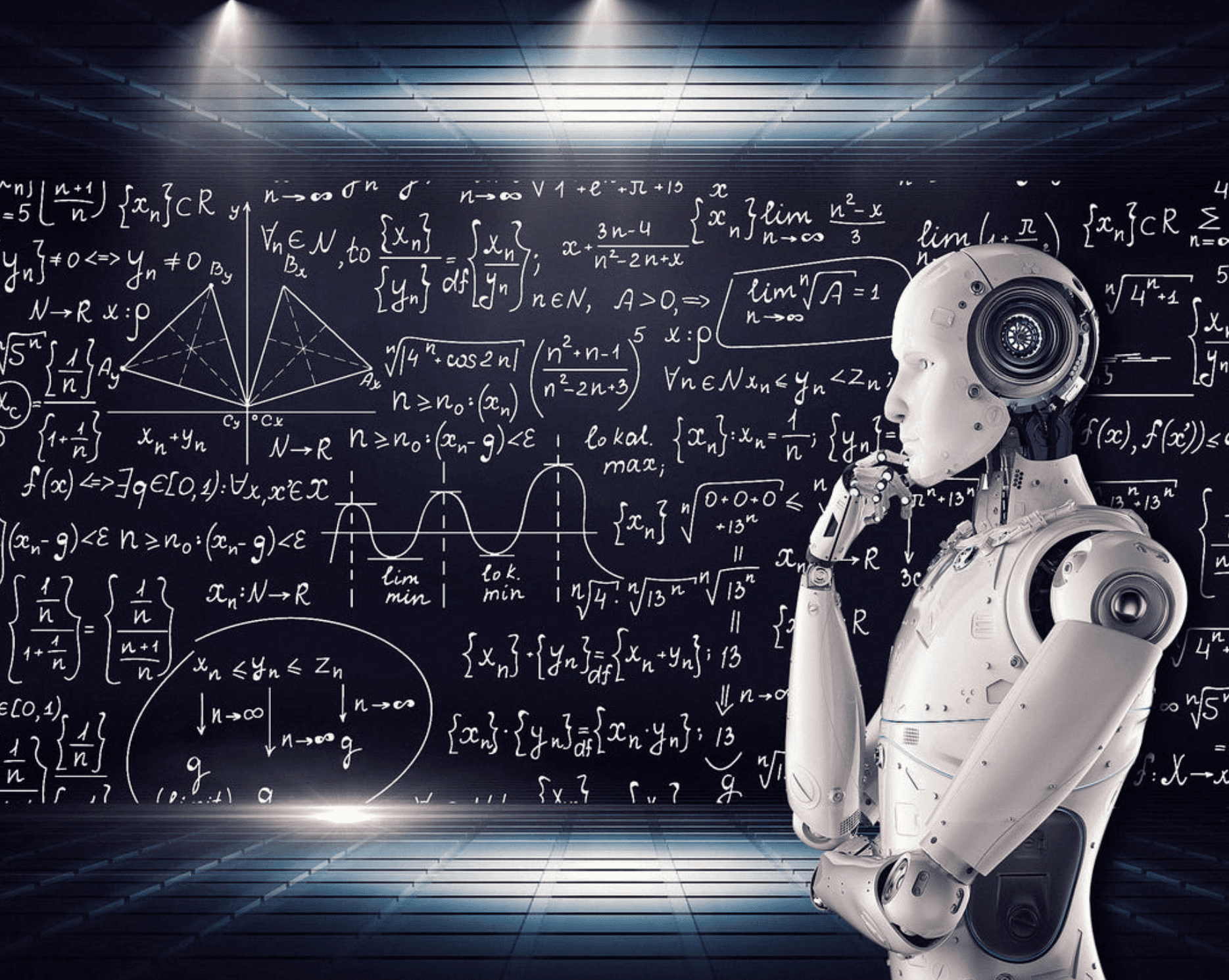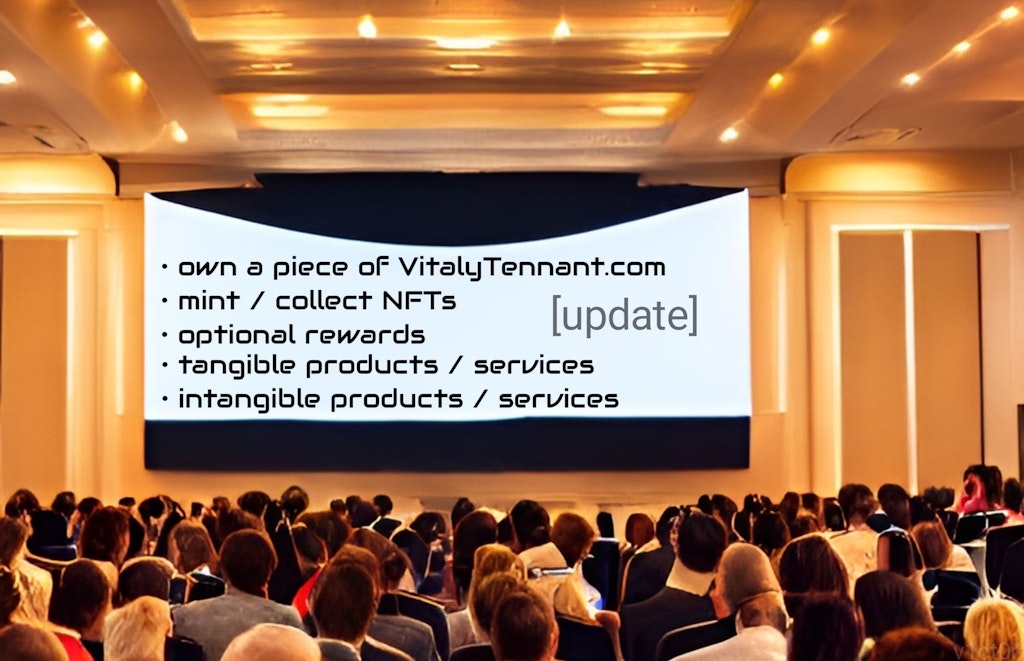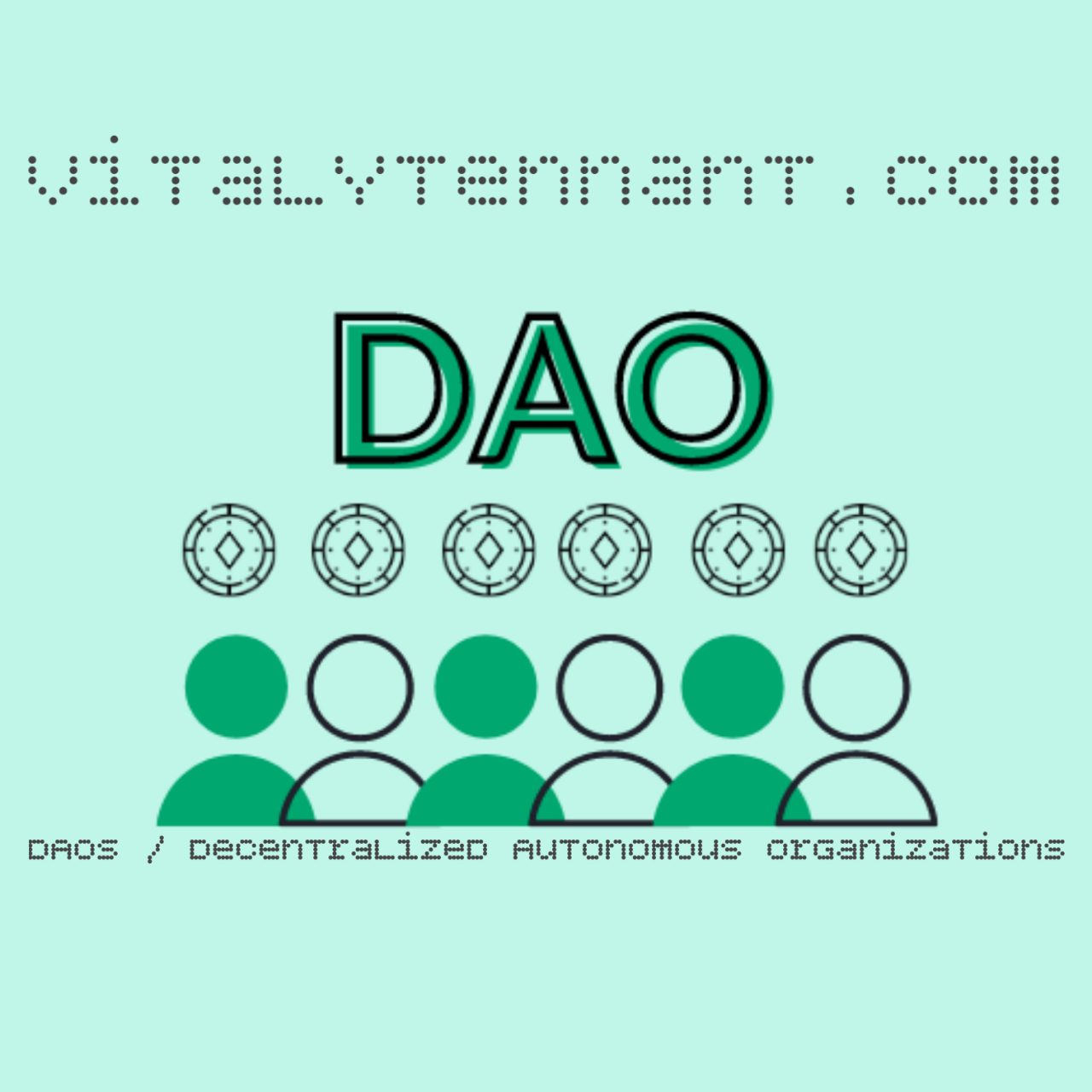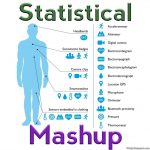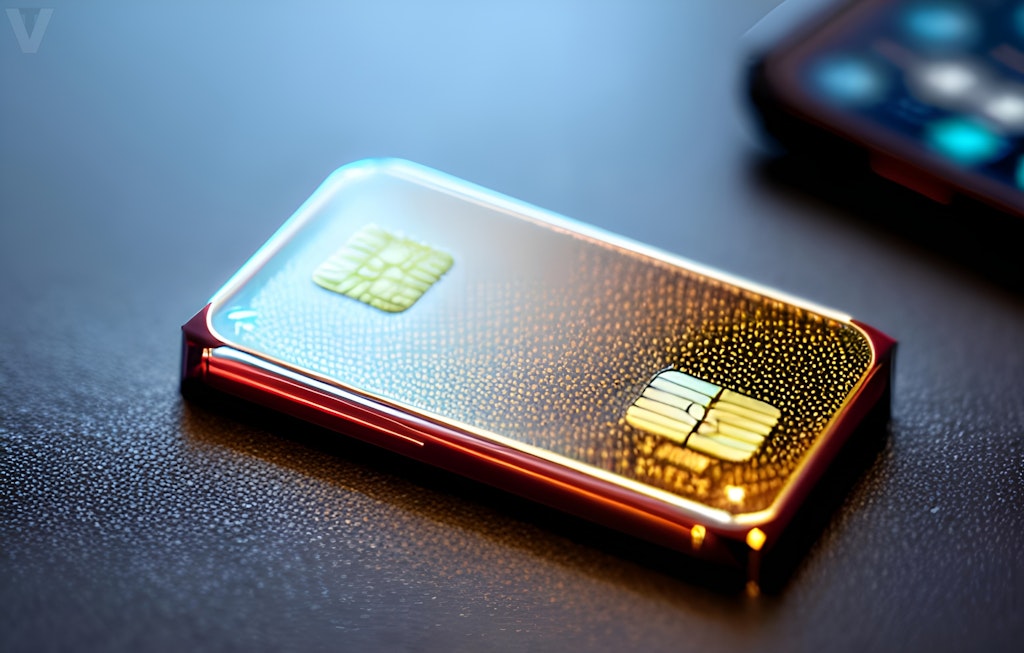|
Getting your Trinity Audio player ready... |
In the past decade, if you’ve been versed in banking, investment, or cryptocurrency world… you’re probably familiar or have heard of the term “blockchain.” It is known as the record-keeping technology responsible for the cryptocurrency network.
The entire point of utilizing a blockchain is to enable people to give or transfer essential data in a safe and tamper-proof way.
To better understand how blockchain technology works, here are three most crucial concepts:

The Three Blockchain Concepts
Blockchain consists of 3 essential concepts: blocks, nodes, and miners.
Blocks
Every chain has multiple blocks, and every block consists of three basic elements:
- The data in the block.
- A 32-bit integral number called a nonce. The nonce is randomly created when a block is generated, which then produces a block header hash.
- The hash is a 256-bit number espoused to the nonce. It should begin with a large number of zeroes (i.e., be very small).
When the initial block of a chain is formed, a nonce produces the cryptographic hash. The data in the block is estimated, signed, and permanently tied to the nonce and hash until it is mined.
Miners
Miners generate new blocks on the chain via a process termed as mining.
In a blockchain, each block has its unique nonce and hash, yet further references the hash of the previous block in the chain, therefore mining a block isn’t easy, particularly on large chains.
Miners utilize specialized software to solve the astonishingly complicated math problem of locating a nonce that produces an accepted hash. Because the nonce is just 32 bits and the hash is 256; there are approximately four billion potential nonce-hash sequences that should be mined before the correct one is found. When that occurs, miners are stated to have discovered the “golden nonce”, and their block is attached to the chain.
Creating a change to every block earlier in the chain needs re-mining not only the block with the change but all of the blocks that arrive after. This is why it isn’t easy to manage blockchain technologies. Consider it as “safety in math” as discovering golden nonces needs an immense amount of time, and computing ability.
When a block is strongly mined, the change is taken by each of the nodes on the network, and the miner is compensated financially.
Nodes
One of the most prominent theories in blockchain technology is decentralization. No one computer or company can own the chain. Instead, it is a shared ledger through the nodes attached to the chain.
Nodes could be any electronic device that keeps copies of the blockchain and holds the network functioning.
Each node has its copy of the blockchain, and the network should algorithmically allow any newly mined block for the chain to be renewed, trusted, and validated.
Considering blockchains are transparent, every step in the ledger can be easily monitored and viewed. Each member is assigned a specific alphanumeric identification number that reveals their transactions.
Consolidating public data with a system of checks-and-balances supports the blockchain, maintains integrity, and builds trust among users. Fundamentally, blockchains can be considered as the scalability of trust through technologies.
Beyond Bitcoin: Ethereum Blockchain
Formerly designed as the ultra-transparent ledger method for Bitcoin to work on, blockchain has long been connected with cryptocurrencies. Still, the technology’s clarity and security have seen increasing adoption in several sectors, much of which could be traced back to the advancement of the Ethereum blockchain.
Ethereum blockchain allows developers to create advanced programs that can interact with one another on the blockchain.
Tokens
Ethereum programmers can use blockchain technology to produce tokens and represent any type of digital asset, trace its ownership, and accomplish its functionality according to a collection of programming instructions.
Tokens could be media of any type; records, concert passes, or even a patient’s medical reports. This has expanded the potential of blockchains to penetrate other areas such as symbols, governments, and identity safety.
Thousands of businesses are currently investigating and developing products and ecosystems that work solely on the burgeoning technology.
Blockchain is testing the current situation quo of innovation by allowing companies to experiment with groundbreaking technology like peer-to-peer force distribution or decentralized forms for broadcast media.
Much like the description of blockchains, the applications for the ledger systems will only develop as technologies evolve.
Blockchains support monetization and control of how the information is circulated via information and communications technology (ICT).

